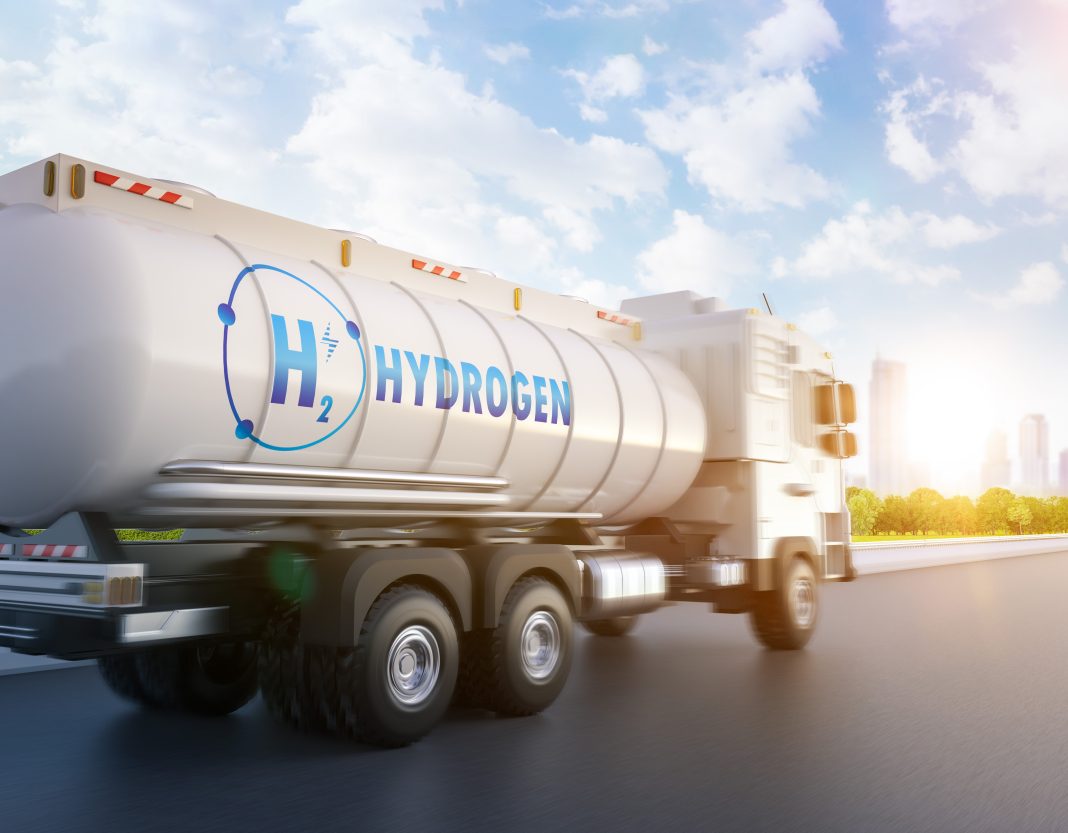Oman: According to a new report by the International Energy Agency, Oman is on the path to becoming the largest exporter of hydrogen in the Middle East, and sixth-largest worldwide by 2030.
The Sultanate aims to achieve net zero emissions by 2050 and has already initiated steps to reduce fossil fuel usage in its energy mix.
The International Energy Agency Report
The IEA said in its latest report that “a fledging industry today can attract investment to diversify and expand the country’s export revenues while reducing its natural gas consumption and emissions” referring to Oman’s potential to produce large quantities of low-emissions hydrogen.
By 2030, Oman plans to produce one million tonnes of renewable hydrogen annually, with a target of 3.75 million tonnes by 2040 and an ambitious goal of 8.5 million tonnes by 2050. These targets exceed the current hydrogen demand in Europe. The production of gas on this scale would significantly contribute to Oman’s export revenues, potentially exceeding its liquefied natural gas (LNG) exports by 2040.
Moreover, to support Oman’s clean energy transition, the IEA has been collaborating with the country, providing technical assistance and policy guidance. The report, titled “Renewable Hydrogen from Oman: A Producer Economy in Transition,” emphasizes the importance of renewable hydrogen in Oman’s energy landscape and its potential to serve as a blueprint for other fossil fuel-producing countries.
Fatih Birol, Executive Director of the International Energy Agency (IEA), stated, “Oman is an oil and gas producer country that is taking an enlightened approach to its energy future, with a clear long-term vision and strong net-zero ambitions.”
Oman’s hydrogen projects will employ electrolysers powered by renewable electricity, utilizing the country’s ample solar and wind resources. Moreover, its strategic geographic location along major market routes between Europe and Asia, coupled with existing fossil fuel infrastructure, positions Oman as an ideal hub for low-emissions fuels.
Oman’s Energy Production
Concrete measures have already been taken to achieve Oman’s hydrogen targets. Additionally, Hydrogen Oman (Hydrom), an independent entity established by the government, is leading the country’s hydrogen strategy.
While Oman currently exports ammonia, it plans to transport its hydrogen exports initially in the form of ammonia. However, significant investments in infrastructure, including storage tanks and dedicated deepwater jetties, would be necessary to increase ammonia export capacity by 20 to 30 times before 2030.
Meeting Oman’s hydrogen targets would require a substantial increase in renewable power, with an estimated 50 terawatt-hours of electricity needed by 2030. Furthermore, this expansion would also contribute to cost reductions and benefit Oman’s power system. The IEA report suggests that reaching a renewable energy share of 20% by 2030 and 39% by 2040 is economically viable for Oman.
Scaling up renewable hydrogen production in Oman to one million tonnes by 2030 would necessitate an investment of approximately $33 billion. Additionally, an extra $4 billion would be required to achieve a 20% share of renewables in the national electricity mix.







